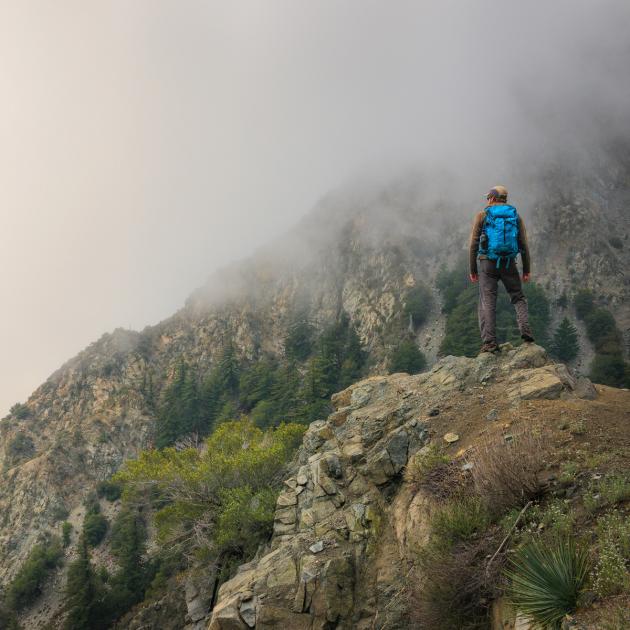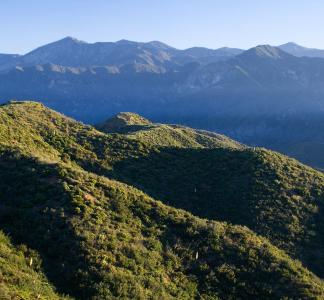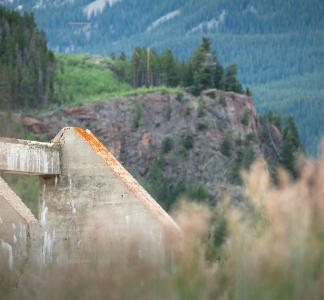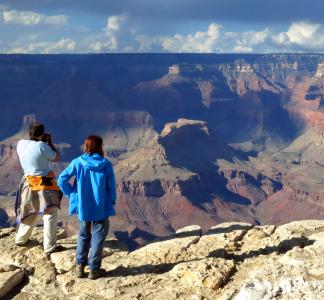House votes to protect millions of acres of wilderness and other public lands in sweeping legislation
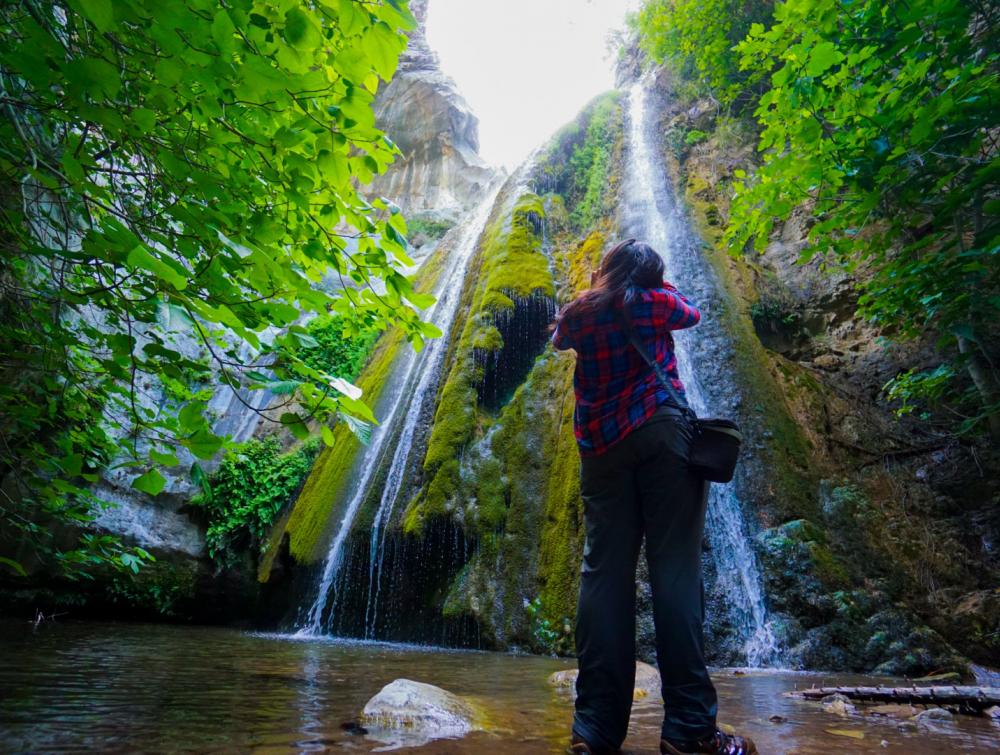
Devil's Gulch Falls in the San Gabriel Mountains, California
Darryl Vigil via Missy Adventures, Flickr
Natural and cultural sites would be protected in Arizona, California, Colorado, Washington
The House of Representatives has passed an ambitious package of bills that would ensure greater public access to cherished public lands, shield places like the Greater Grand Canyon and Colorado’s Thompson Divide from mining and other threats and protect over 2 million acres of wilderness and other lands and waters.
A number of the provisions in the Protecting America’s Wilderness and Public Lands Act, such as increased protections for greater Los Angeles’ San Gabriel Mountains, would help expand access to the outdoors for communities lacking nearby parks or otherwise take steps to increase outdoor recreation options.
The new protections would also play an important role in responding to the climate and extinction crises. Scientists say conserving a large amount of land and water in interconnected networks—for example, protecting intact forests to absorb and sequester heat-trapping carbon pollution—will be necessary to keep climate change below the temperature-increase thresholds that are associated with the worst effects.
The measures included in the far-reaching bill are driven by the needs of communities that live nearest to, and most closely depend on, the protected public lands and waters in question—an apt illustration of the principles behind the recent call to protect 30 percent of U.S. lands and waters by the year 2030.
“By protecting these landscapes, the House is taking bold action that will contribute to the health of our planet and our communities," said Lydia Weiss, director of government relations for The Wilderness Society, in a statement. "Protecting these lands will help us tackle the climate crisis, create recreation jobs that power the economy, provide chances for more people to get outdoors and begin to reverse the rapid loss of nature that continues to put us all at risk[.]”
Select bills from the Protecting America’s Wilderness and Public Lands Act, in alphabetical order by state:
ARIZONA
Grand Canyon Protection Act
Bars new uranium mining claims on a little over 1 million acres of land north and south of the Grand Canyon. In addition to potentially irreversibly tainting the Grand Canyon watershed's aquifers, which would endanger the Havasupai Tribe and other local residents, new uranium mining projects near the Grand Canyon would industrialize the iconic wildlands flanking the park, introducing exploratory drilling, new roads, power lines and increased traffic.
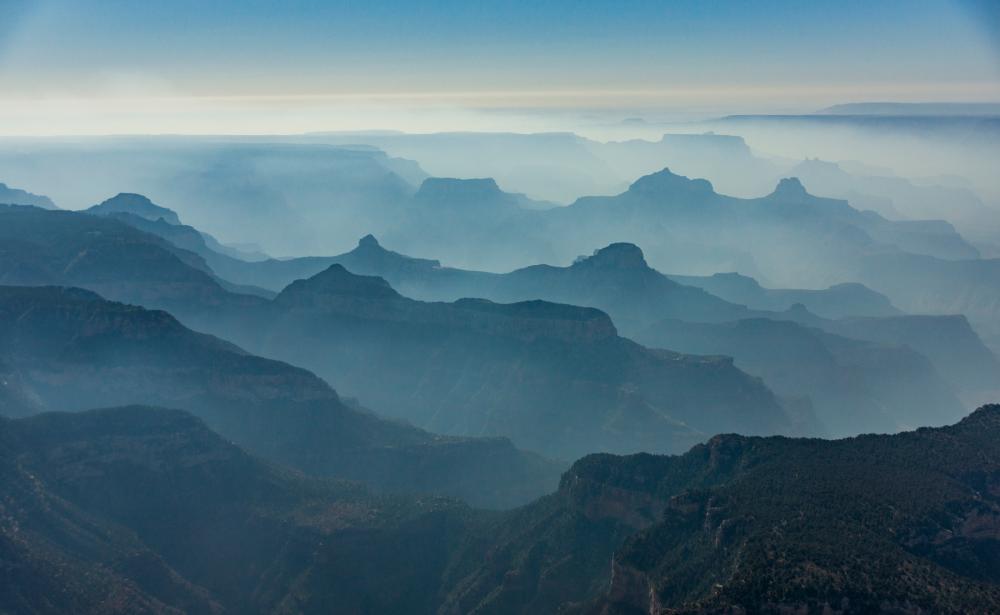
Rocky contours of Grand Canyon seen through shroud of fog from the North Rim
EcoFlight
CALIFORNIA
Central Coast Heritage Protection Act
Designates four protected wilderness areas in Carrizo Plain National Monument and expands protections for nine wilderness areas in Los Padres National Forest. The bill also protects new scenic areas in Condor Ridge and Black Mountain, designates several waterways as wild and scenic rivers and gives national scenic trail status to the 400-mile long Condor Trail, which stretches from Los Angeles County to Monterey County.
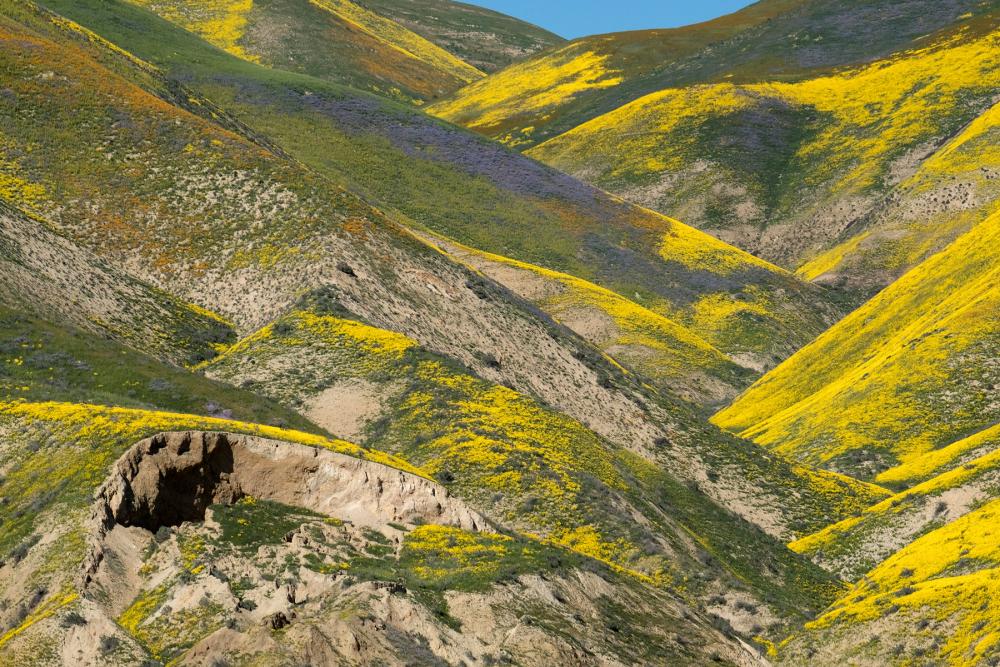
The Temblor Range above Carrizo Plain National Monument, California
Michael Gat, Flickr
Northwest California Wilderness, Recreation, and Working Forests Act
Protects eight wilderness areas and expands nine existing wilderness areas in northwest California. The bill also designates 379 miles of new wild and scenic rivers; restores old-growth forest in Redwood National Park and Redwood State Park; and designates a new recreational trail and special management area, while exploring ways that outdoor recreation access could be further improved in the area.
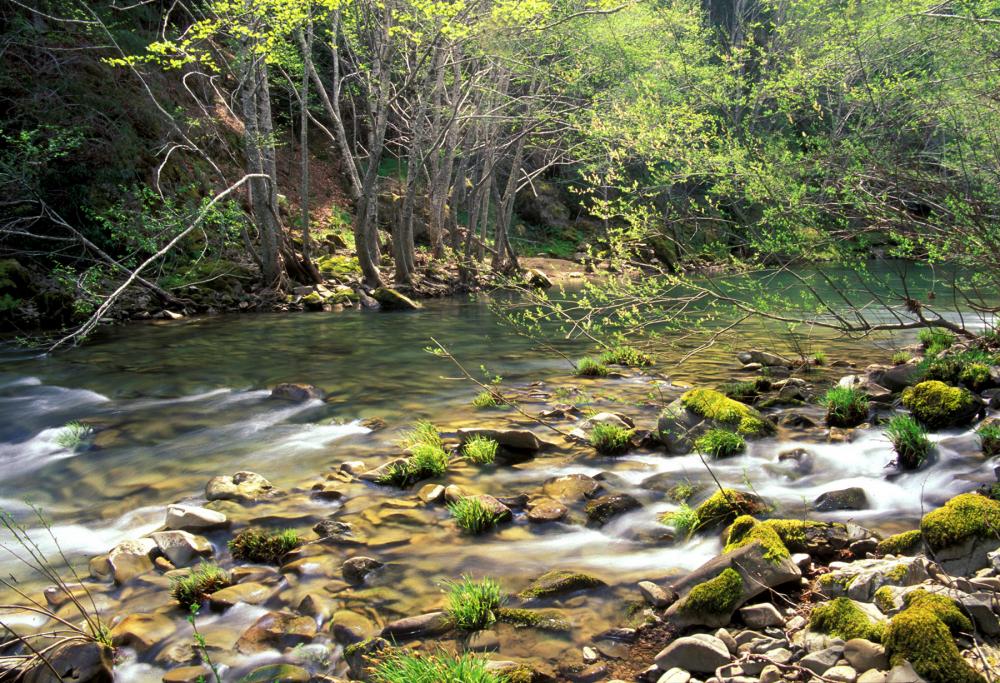
South Fork Eel River flows through Elkhorn Ridge Wilderness. Both the river and wilderness area are set for expanded protection under new legislation.
Bob Wick, BLM
Rim of the Valley Corridor Preservation Act
Extends the boundaries of the Santa Monica Mountains National Recreation Area to include the Rim of the Valley unit, stretching from the Simi Hills and Santa Susanas to the Verdugo Mountains and San Gabriel Mountains. Many residents of Los Angeles County lack a way to travel to parks and other outdoor spaces (51 percent of residents live more than a half mile from the nearest park), and the new expansion would help increase access.
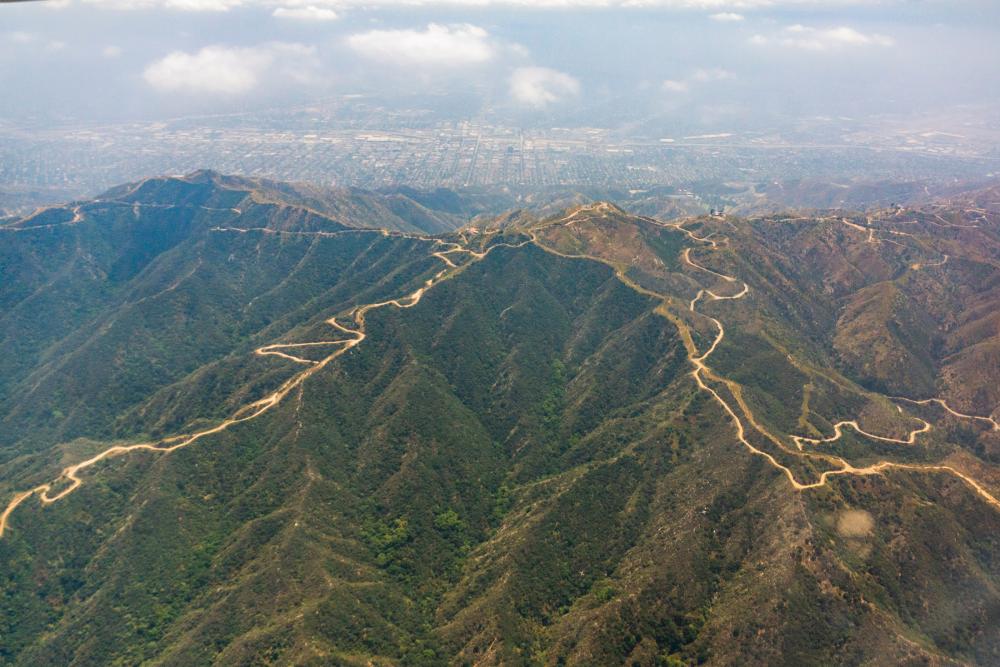
The Verdugo Mountain range, part of which would be protected in the proposed Rim of the Valley unit expansion of the Santa Monica Mountains National Recreation Area in California
EcoFlight
San Gabriel Mountains Foothills and Rivers Protection Act
Expands protection for the San Gabriel Mountains National Monument, west of the existing monument, and for the wilderness areas within. The bill also designates a new national recreation area downstream of the monument and protects 45.5 miles of waterways as wild and scenic rivers. The San Gabriel Mountains are popular for hiking, picnics, fishing, camping and nature-watching, receiving about 4 million visitors annually, including many looking for a respite from urban life in greater Los Angeles. The monument and surrounding Angeles National Forest also provide more than one-third of L.A. County’s drinking water.
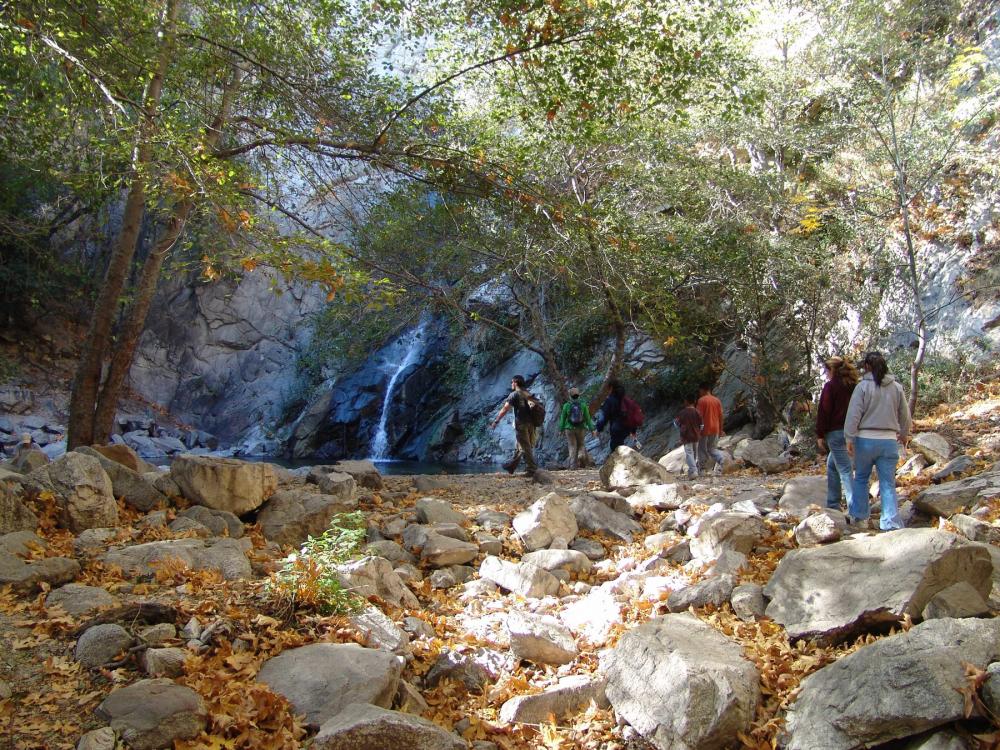
Near the border of San Gabriel Mountains National Monument, California
USDA, Flickr
COLORADO
Colorado Outdoor Recreation & Economy Act
Would protect parts of the Continental Divide, Thompson Divide and San Juan Mountains landscapes. the Colorado Outdoor Recreation & Economy Act proposes the protection of about 400,000 acres across Colorado, including 73,000 acres of new wilderness; designations to protect habitat and migration corridors for bighorn sheep, moose, lynx, black bears and elk; and the first ever “national historic landscape” at Camp Hale, most of which lies in the White River National Forest.
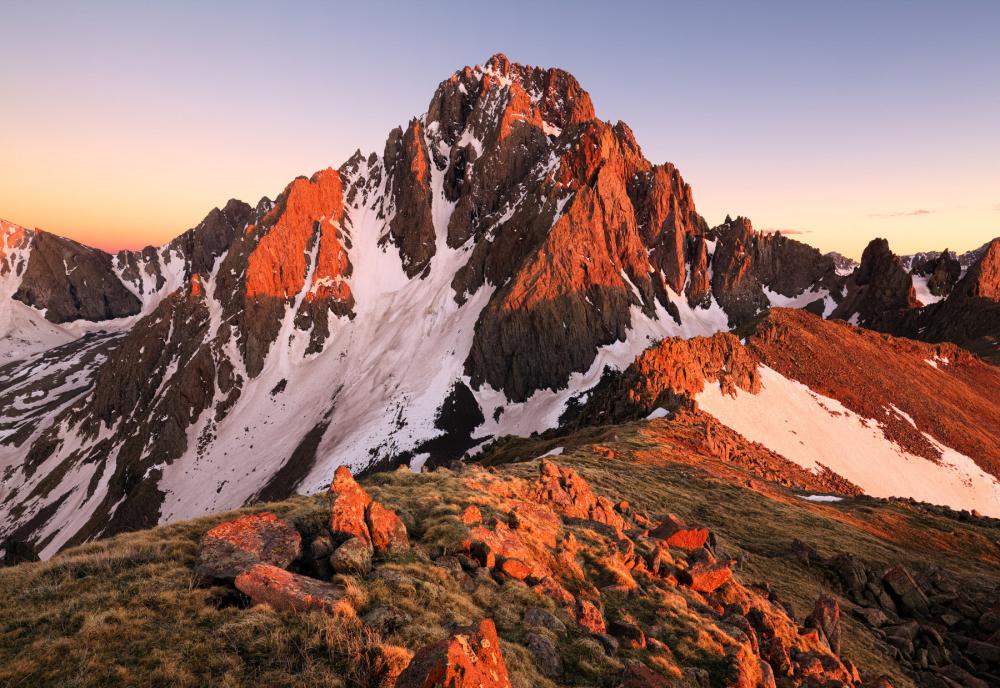
Proposed Whitehouse Addition to Mount Sneffels Wilderness under the Colorado Outdoor Recreation & Economy (CORE) Act.
Jack Brauer
Colorado Wilderness Act
The Colorado Wilderness Act would permanently protect more than 600,000 acres of public lands as wilderness. These areas include Redcloud and Handies Peaks - the tallest mountains in the lower 48 under the management of the Bureau of Land Management - as well as some of the spectacular scenery of Browns Canyon National Monument . A recent survey of western Colorado voters found that 68% support designating additional public lands in Colorado as wilderness, and the Colorado Wilderness Act responds to that desire.
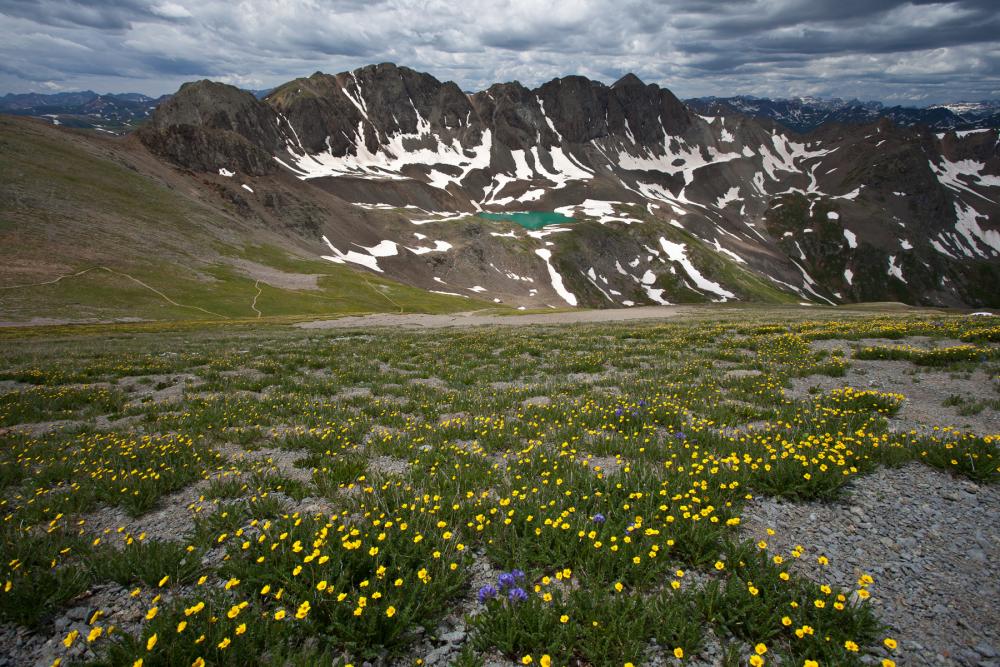
Hands Peak Wilderness Study Area, Colorado
Bob Wick, BLM
WASHINGTON
Wild Olympics Wilderness and Wild and Scenic Rivers Act
Protects more than 126,000 acres of wilderness in Olympic National Forest along with designating 19 rivers and tributaries in the forest and Olympic National Park as wild and scenic rivers. The legislation will mark the first new wilderness protections in Olympic National Forest in almost three decades and help safeguard ancient forests, salmon habitat, outdoor recreation opportunities and sources of clean drinking water.
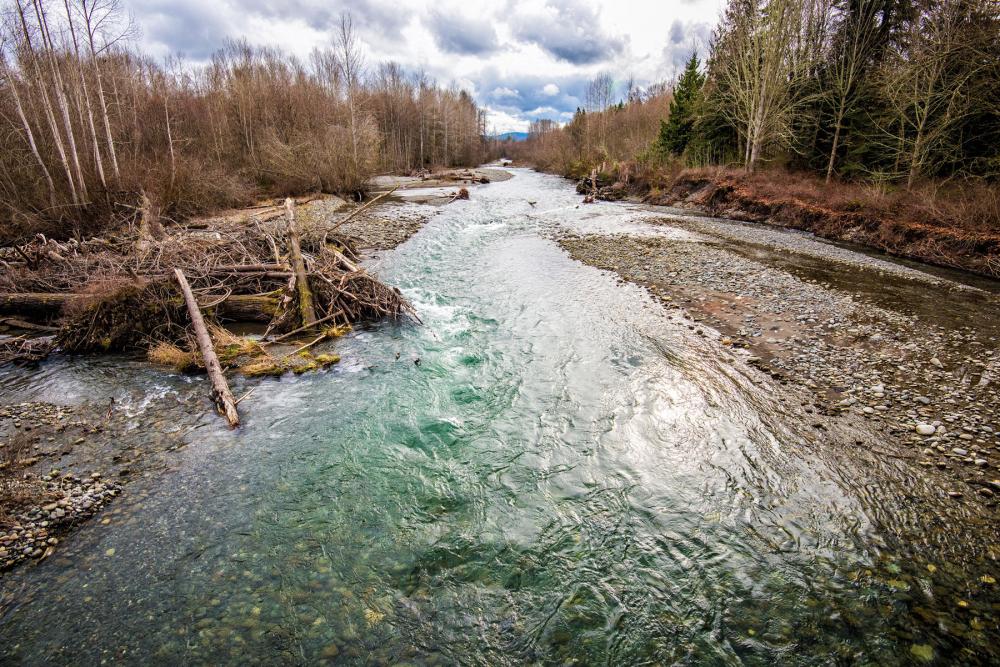
New protections have been proposed for the Dungeness River in Olympic National Forest, Washington
Dan Oestreich, Flickr
Added protections to California’s San Gabriel Mountains would boost access for park-poor communities
Michael Gordon
Colorado’s Camp Hale recognizes military history in wild setting
Mason Cummings, TWS
Opening the Grand Canyon area to uranium mining is a horrible idea
Michael Quinn, National Park Service.
